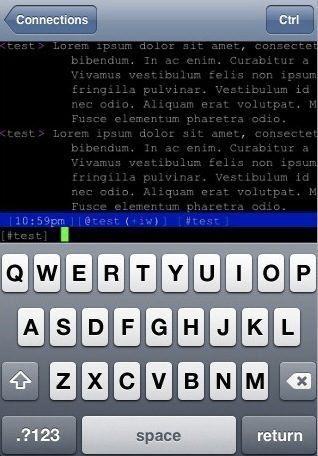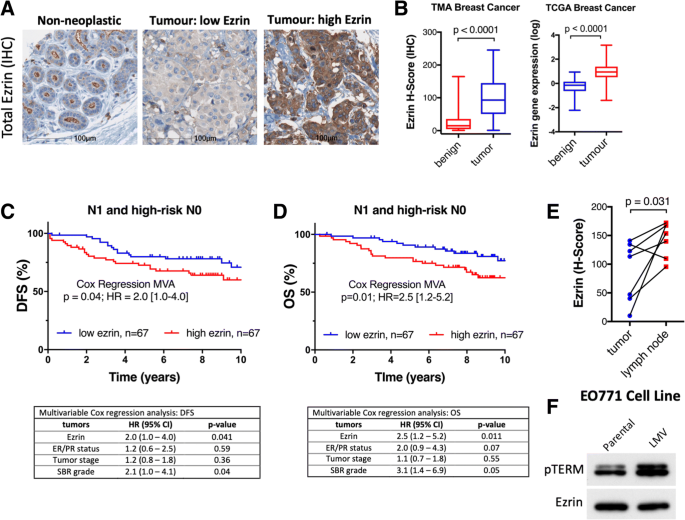PTerm is designed to create a platform independent way to create beautiful terminal output. Most modules that want to improve the terminal output do not guarantee platform independence - PTerm does. PTerm follows the most common methods for displaying color in a terminal. PTerm: yet another Terminal Emulator for Pharo. I use Unix terminal a lot in work, when i work with Pharo and ROS (PhaROS), switching regularly between Pharo and native terminal application (for ROS command line) is kind of inconvenient.

You have two options:
RPM
Click to download PTERM-6.0.4-1.I386.RPM. Click here to see SHA1 hash and PGP signature.
TIP: You can install that with yum which will also take care of any dependencies. It should work on any Linux for 32-bit or 64-bit Intel-style processors, Fedora 10 or later, or other Linux distributions that use the RPM package manager.
BZ2
Currently awaiting build materials from development staff.

Peter Mayhew
BZ2
Click to download PTERM-6.0.4.TAR.BZ2. This is a b2zipped tarball of v6.0.4 containing the Pterm sources. Click here to see SHA1 hash and PGP signature.
TIP: Untar that, and see README-building.txt for detailed instructions. This approach should work for any Unix that supports wxWidgets and libSDL 1.2; FreeBSD, NetBSD, and others are known to do so as well as Linux.
TIP: If these don't work, you can check for an uploaded executable Pterm that fits your system from down below under the Member Contributions & Resources section. If you have tried and still fail to run, try again with X running.
TIP: Another possibility is to run the Windows version of Pterm 4.17 using Wine under Ubuntu 12.04 LTS. This is a fallback option for Linux users who may not want to take the time to build an executable native to their flavor of Linux.
Peterman Lumber
Cyber1 is the name for our mainframe-based CYBIS system. To those familiar with PLATO, CYBIS, or early NovaNET, cyber1 will feel like coming home again. Cyber1 runs on top of NOS, the CDC mainframe operating system, generously contributed by BT Consulting & Systems Integration Services (formerly Syntegra). NOS in turn runs on top of DtCyber (watch out, this is a link to a .pdf), a software emulation of a CDC Cyber mainframe, created by Tom Hunter.

Cyber1.org is a group of people dedicated to the preservation of the world's first computer-based community, PLATO.
Pterm Ericom
PLATO is a computer-based educational system created at the University of Illinois Control Systems Laboratory. The idea was first discussed at the University in 1959, in a long series of meetings led by Chalmers Sherwin. At these meetings it was concluded that computer-based education should not be pursued. However, the director at the time, Daniel Alpert, got together with Donald Bitzer to see if Don could quickly come up with a prototype that could serve as proof-of-concept. This prototype, running on an Illiac-I, became PLATO. The project was subsequently funded in 1960 by government money from the Joint Services Program. The lab grew and became the Computer-based Education Research Laboratory (CERL). PLATO eventually spawned a variety of commercial ventures, starting in 1975 with Control Data Corporation (CDC), a mainframe computer manufacturer founded in 1957.
The complicated histories of the various branches of the PLATO tree are beyond the scope of this website. One of the branches became CYBIS, a product of VCampus; another branch is owned by PLATO Learning, the company that retains the right to the PLATO name; a third became NovaNET, now owned by Pearson Education. Our system, cyber1, is a branch off of the CYBIS tree.
